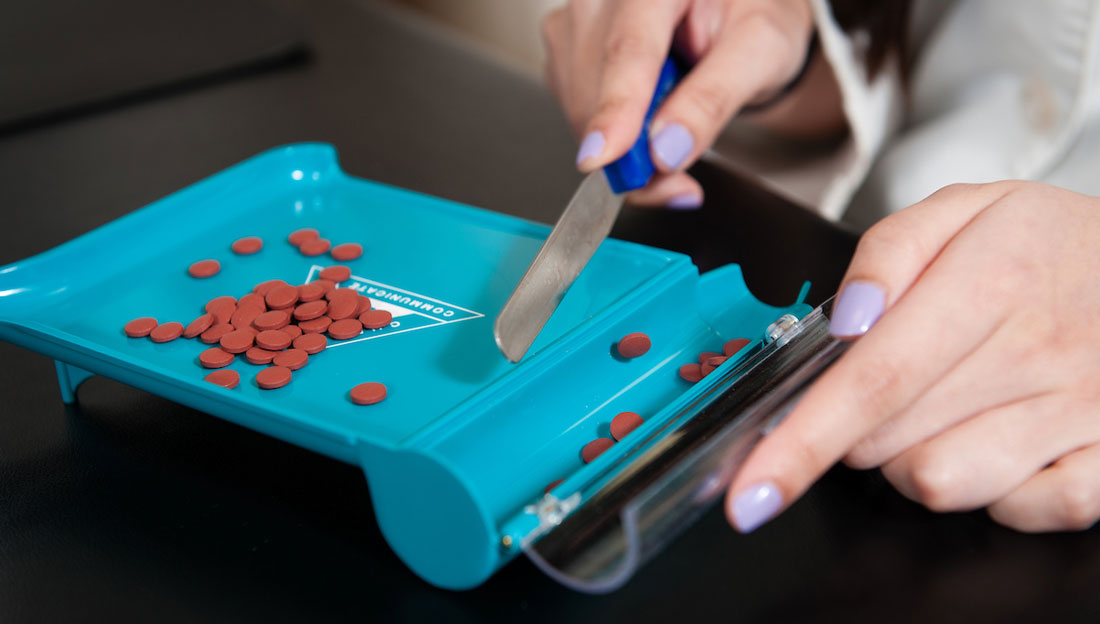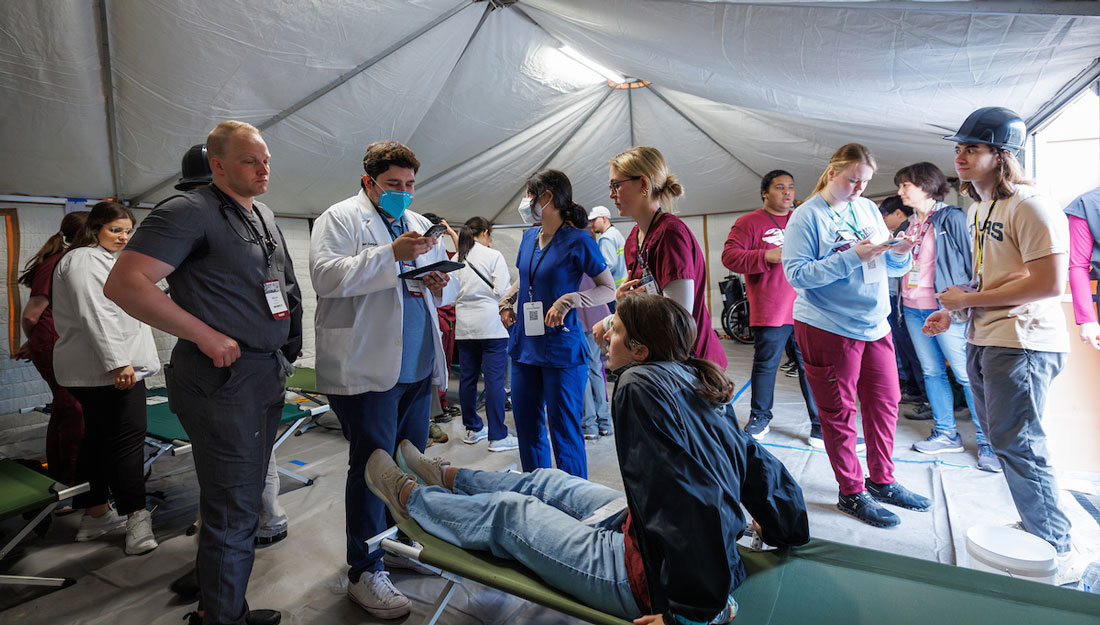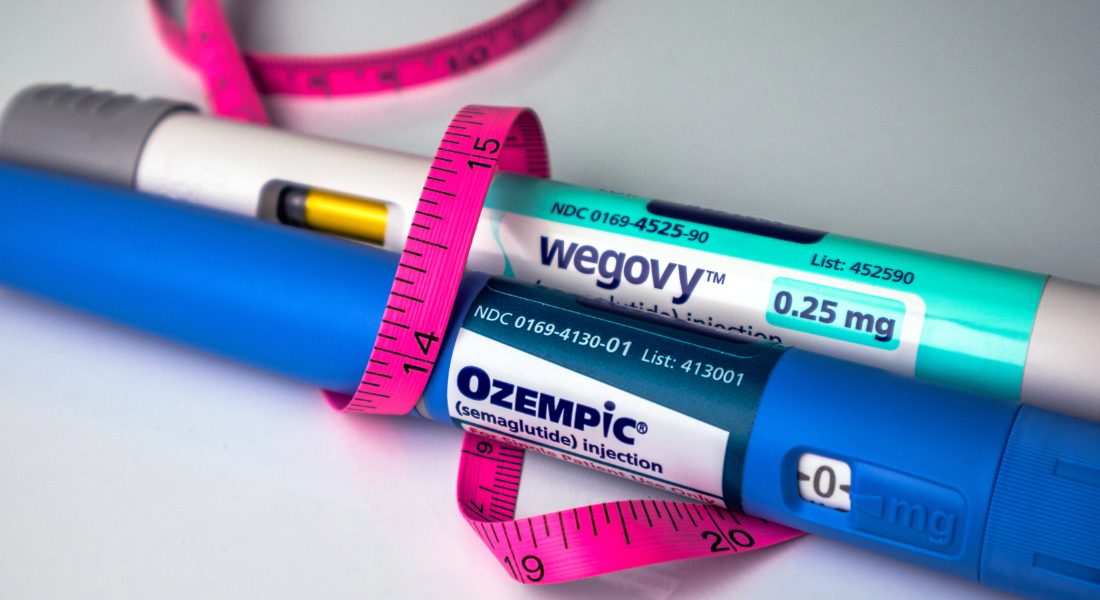12 medicine cabinet essentials

Whether an actual medicine cabinet or a shoebox, people need a place to store their day-to-day medicines. But when sickness strikes and you need to open that box or cabinet, will you be ready? Paul Holder, PharmD, clinical assistant professor of pharmacy practice at the Texas A&M Irma Lerma Rangel College of Pharmacy, gives some general guidelines about what to keep in your medicine cabinet and where to store it.

Types of medications to have on-hand
Allergy medication
Depending on the time of year and where you live, well-stocked medicine cabinets should contain eye drops and antihistamines. Additionally, Holder recommends keeping both a “drowsy” antihistamine (for use before bed) and a non-drowsy antihistamine (for use during the day) on hand.
Anti-bacterial cream or ointment
Anti-bacterial creams and ointments are used to treat or prevent minor skin infections that can result from minor scraps, abrasions or insect bites. “There is a difference between a cream and ointment, so you need to pick which works best for your needs,” said Holder. “Creams are water soluble, and users should apply them after the wound is washed with soap and water. Holder recommends affected individual to apply the anti-bacterial cream when they will remain inside where perspiration is less likely. Ointments are oil-based, and can be used when the individual might be exposed to water.”
Decongestant
Decongestants typically found behind the pharmacy counter often have pseudoephedrine, which is frequently used in the production of methamphetamine, or meth. For this reason, Holder often recommends decongestants found on the standard shelves of the pharmacy, but decongestants found behind the counter work equally well.
Pain reliever
When choosing a pain reliever for your medicine cabinet, be sure to evaluate the needs of your household. “Users can take some over-the-counter pain medication every 12 hours, but some pain medication needs to be taken every four hours,” said Holder. “Consider which painkillers work best for your needs, and pick at least one to have on hand. If you have children in your household, be sure to stock children’s pain relievers as well.”
Anti-diarrheal
“Particularly households have young children, or even elderly people, medicine cabinets should have an anti-diarrheal,” Holder said. This medication works by slowing down gut movement, which decreases the amount of movements and makes the stool less watery.
Calamine lotion
Calamine lotion is a great topical relief for minor skin irritations like a bug bite or minor burn. The lotion can reduce feelings of itchiness, and, in the case of a bug bite, Holder said pairing the calamine lotion with an antihistamine is a good idea as well.
Activated charcoal
Especially with young children, parents should have something to induce vomiting in the case of an accidentally ingested poison. “Activated charcoal is better at removing all contents of the stomach than syrup of ipecac,” added Holder. “However, when you suspected someone swallowed a poisonous substance or overdosed on medications, whether over-the-counter or prescription, nothing can substitute for professional help.” If this situation happens, you should immediately contact 9-1-1 or a local poison control center. If professional help is not readily available, then you should administer activated charcoal, in the meantime, without fear of substantial harm to the patient. The most common side effects are black stools, black tongue and vomiting or diarrhea. Activated charcoal may cause constipation if you administer too much, so users should be sure to follow the dosage guidelines.
Supplies
Adhesive bandages
In the case of a cut or abrasion, adhesive bandages are important to have on hand because they offer a physical barrier of protection for any open wound. Some people also prefer to have 2×2 adhesive gauze pads with tape for the larger cuts or abrasions.
Nasal aspirator bulb
For households with young children, nasal aspirator bulbs are helpful for clearing mucus out of little noses. You should thoroughly clean and keep the nasal aspirator bulbs dry to prevent germs transferring from one family member to another.
Sunscreen
At some point, everyone will experience a sunburn, so sunscreen is an important component to every medicine cabinet. “There is not much of a difference between SPF 30 and SPF 70, so shoot for at least SPF 30 or higher,” Holder recommended.
Thermometer
Holder says any thermometer will do, but he recommends steering clear from the glass thermometers that contain mercury. Standard digital thermometers are fairly inexpensive and give accurate temperature readings.
Tweezers
Tweezers are useful for removing splinters, but did you know they are also useful for removing ticks? Best practice is to keep a pair of tweezers with pointy ends on hand.
Storage and disposal tips
Once you have all of these supplies assembled, keep them in one spot—but away from the bathroom. “Do not keep your medicine cabinet in the bathroom. Humidity can impact, and in some cases can completely inactivate medication,” Holder said. “The humidity and heat from the bathroom may cause some to lose efficacy.”
Remember to periodically check expiration dates of your medication. Any expired or unwanted medications should be crushed and mixed with substances like coffee grounds or cat litter, then thrown away.
Media contact: media@tamu.edu


